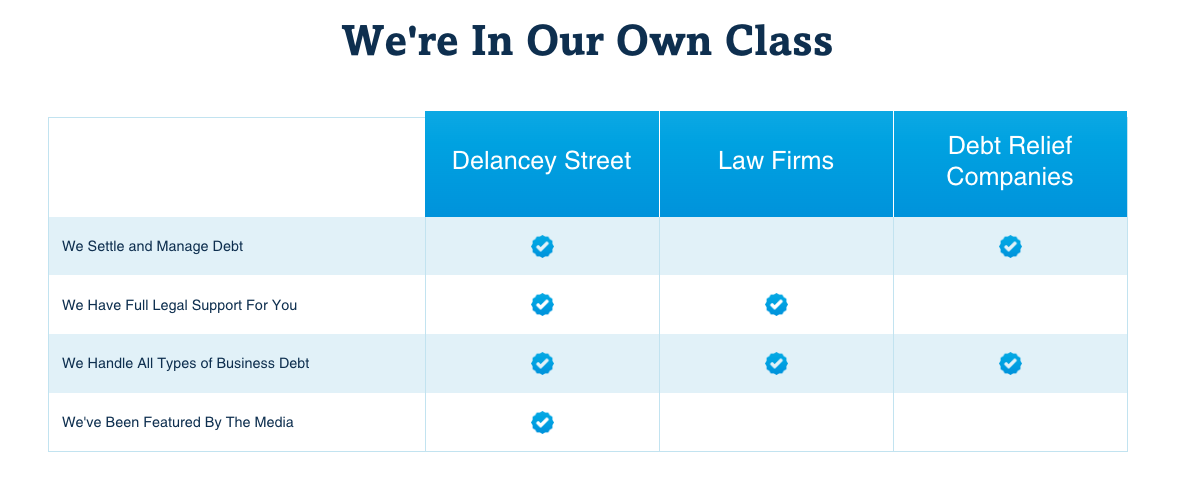Navigating Intercreditor Disputes In Complex Debt Restructurings
Restructuring complex debt with multiple creditors can lead to intercreditor disputes that are challenging to navigate. This article provides an overview of common issues that arise and strategies for effectively managing conflicts between creditors in debt restructurings.
Understanding the Intercreditor Agreement
The intercreditor agreement establishes the rights and priorities of different classes of creditors, such as senior secured lenders, second lien holders, and unsecured bondholders, in a bankruptcy or restructuring. Key terms include:
 -
-- Priority of liens – Who gets paid first from collateral or assets?
- Voting rights – Who has the power to approve or block a restructuring plan?
- Restrictions on actions – What can junior creditors do independently vs the senior creditors?
Ambiguities in the agreement can lead to disputes over interpreting creditor rights. Secured creditors may also battle each other over their priority interests in the same collateral.
Strategies for Managing Intercreditor Disputes
Seek Clarity on Rights Upfront
Before getting embroiled in disputes, the company and creditors should analyze the intercreditor agreement to understand respective rights and restrictions. Key questions include:
- What enforcement and foreclosure rights do each creditors have?
- Who has the power to direct key decisions in a restructuring?
- What notice and consent rights apply for sales of assets or new debt issuances?
Table mapping out the priority rights under the intercreditor agreement can help clarify positions.
Intercreditor Priority Rights Example
| Creditor Class | Priority Ranking | Key Rights |
|---|---|---|
| Senior Secured Lenders | First priority lien | Foreclosure on collateral, direct restructuring decisions |
| Second Lien Holders | Junior lien | Consent needed for asset sales/new debt |
| Unsecured Bondholders | Last priority claims | Influence through voting power |
Communicate Openly Between Creditor Classes
Lack of transparency and posturing often exacerbates intercreditor conflicts. Maintaining an open dialogue between creditor classes through advisors can help identify win-win solutions.
 -
-The company should provide access to information and facilitate discussions to get senior and junior creditors aligned where possible. Direct engagement between creditor advisors also allows each side to better understand the other’s constraints.
Seek Consensus on Key Restructuring Decisions
Major decisions in a restructuring process often require consent from multiple creditor classes under the intercreditor agreement. For example, using collateral to support new financing or selling material assets may need approval from both senior and junior lienholders.
Where unanimous consent is needed, negotiations will be necessary to get parties on board with the proposed strategy. Identifying solutions that address senior creditors’ priority concerns while providing upside potential for junior creditors can build consensus.
Resolve Disputes Through Mediation
Litigation between classes of creditors can seriously undermine the prospects of a successful restructuring. Mediation allows the parties to work through intercreditor disputes constructively with the help of an independent mediator.
The mediator can help creditors communicate issues, identify common interests, develop options, and craft settlements. Mediation preserves creditor resources and also avoids precedents from court rulings on the intercreditor agreement that may have longer-term implications.
 -
-Seek Court Rulings as a Last Resort
When disputes between creditor classes become intractable, court intervention may be the only way forward. The court can assess the intercreditor agreement and make rulings to definitively settle fights over interpreting rights and priorities under the contract.
However, litigation is expensive and the outcomes are uncertain. Courts may also be inclined to rule narrowly on specific contract language rather than broadly considering what makes business sense for the restructuring. Going to court is usually a last resort option if negotiations and mediation fail to produce agreement.
Key Takeaways
Navigating intercreditor disputes requires understanding relative contract rights, encouraging inter-creditor communication, building consensus, and only turning to litigation when necessary. Companies and creditors should invest time upfront to analyze the intercreditor agreement and map out priorities over assets and decisions.
 -
-Keeping creditors aligned as much as possible through open dialogue preserves value and gives a complex debt restructuring the best chance of success. Independent mediation can also help settle disputes between creditor classes more quickly and cheaply than court battles. With the right advice and collaborative strategies, intercreditor conflicts can be effectively managed to facilitate negotiating a consensual restructuring plan.







